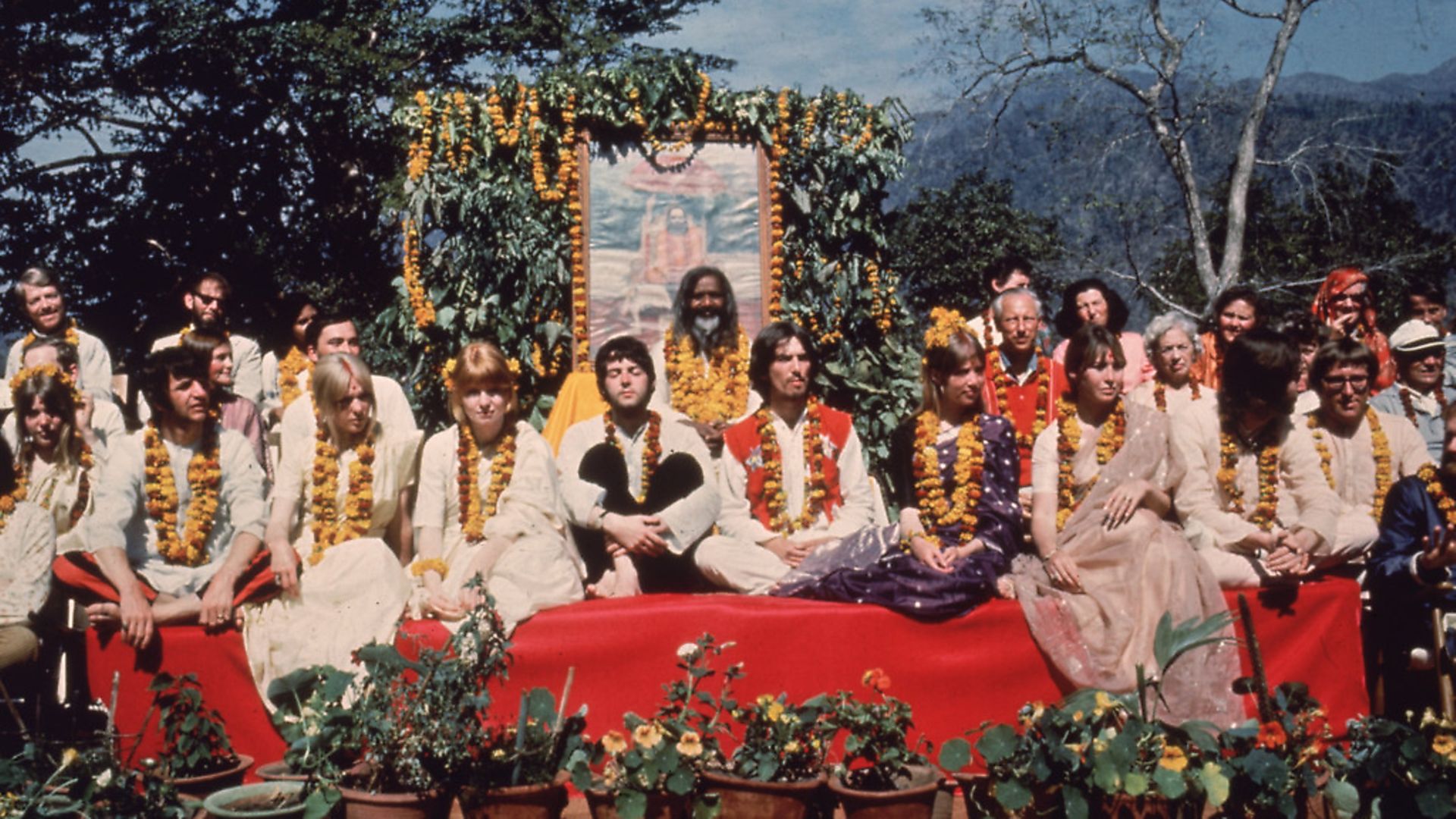
ADAM BEHR assesses the White Album in its wider cultural context
The Beatles’ White Album – actually eponymously titled, but nicknamed as such due to its plain cover, with the band’s name embossed (also in white) and a serial number – was a shift away from the technicolour explosion of psychedelia of Sergeant Pepper’s Lonely Heart’s Club Band. Yet even this austere packaging has proved influential (witness, for instance, the parodic Brown Album by Primus, Prince’s plain Black Album, and Jay-Z’s The Black Album, which was mashed-up by DJ Danger Mouse with the Beatles’ own effort into The Grey Album).
But the now traditional trappings of a re-mastered release, replete with outtakes and demos, belie a mixed history behind the justly celebrated work. It was, predictably, a huge commercial success, debuting at No.1 in the UK charts where it resided for close to two months. But initial reviews were mixed. While Jann Wenner at Rolling Stone had it down as ‘more perfect’ than Sergeant Pepper, British rock critic Nik Cohn was scathing, noting that ‘more than half the songs are profound mediocrities’ and that the band had ‘abjectly mishandled themselves’. Others described it as ‘something of a failure’ and ‘a collection of bits and pieces’ that ‘reeked of argument… and self-indulgence’.
What remains today, and links positive and negative responses, is a work riven with contradictions. ‘The personal is political’ was a phrase used by the student movement of the late 1960s and the White Album’s fragmentary nature embodied that, in relation to both its own creation and how it reflected its wider context.
While still breaking new ground, it lacks the cohesiveness of predecessors like Sergeant Pepper and Revolver. Instead, it manages to be simultaneously sprawling and indulgent (as its critics noted), yet also stripped back and austere. Even while deploying a musical armoury that encompasses lush orchestras, acoustic guitars, rock instrumentation and abstract tape-loops, it never gels into the unified confection of its predecessors but deliberately, stubbornly even, maintains a sense of individualism across both the songs on the album, and the four Beatles behind them.
Its internal disconnectedness was partly a reflection of changes within the band, whose equilibrium had never quite recovered from the death of manager Brian Epstein in 1967 and whose social dynamic was shifting. Personal relationships, notably the introduction of Yoko Ono into Lennon’s life, had some bearing on this as four young men started finding their own divergent paths through life for the first time, in some cases, since their teens. But this also saw them flexing their creative muscles in different ways, and so their working practices in some ways precipitated as well as symbolised their eventual dissolution. As George Harrison was to put it: ‘There was a lot more individual stuff and, for the first time, people were accepting that it was individual. I remember having three studios operating at the same time. Paul was doing some overdubs in one, John was in another and I was recording some horns or something in a third.’
The resulting collection therefore consisted of individual songs whose influences were less submerged by a common aesthetic than previously. It took in a wide array of genres, all worn ‘up front’ – from folk, blues and rock through avant-garde and psychedlia through to vaudeville, music hall, calypso, ballads and nursery rhymes. This eclecticism was decried by the New Left of the time as mere pastiche – escapism that failed to engage with the pressing political concerns of the moment. In retrospect, though, it has been seen as the first ‘post-modern’ album. And it certainly reflects the fractured polity of 1968, as the hippie dream started to sour with the Tet Offensive marking a new, dark low in the Vietnam War, echoed domestically in the US with a violent response to protests at the Democratic Convention, the assassinations of Robert Kennedy and Martin Luther King and, in Europe, student protests and Soviet tanks rolling into Czechoslovakia. The Beatles’ responses to these were perhaps oblique, or even noncommittal. Harrison’s Piggies may have lashed out at corporate greed, but was hardly explicit in its targets. Lennon’s Revolution (as the aggressive, electric single version and the slower shuffle that appeared on the album as Revolution 1) was at best back-handed about wanting to ‘change the world’ and McCartney’s Back in the USSR parodied the Beach Boys and Chuck Berry as much as making any comment about geo-politics. But the White Album’s sheer range – its determined inclusiveness, even in the face of qualms from producer George Martin – has helped seal its legacy amidst the plethora of jewels in The Beatles’ catalogue.
It helped to define the album form as a statement of artistic position. This can be felt across popular music, in acts as diverse as Queen’s miscellanies on their classic albums – whose miscellanies on their classic albums similarly saw them accommodating multiple songwriting voices – to Kanye West’s handbrake turns towards different aesthetic strategies (as on 808s & Heartbreaks). Its ‘warts and all’ nature may have been a factor of the Beatles’ pre-eminence at the time. But it empowered subsequent generations to see an album as a blank canvas. It is now not so much canonical for its flaws as well as its gems, although it is that too, but because it made the point of nestling them alongside one another. Its openness in doing this may have marked collectivity giving way to individualism, but this happened on the larger stage too as the 1960s gave way to the 1970s. And if the White Album only addresses these politics at a tangent, it brings useful lessons along the way.









